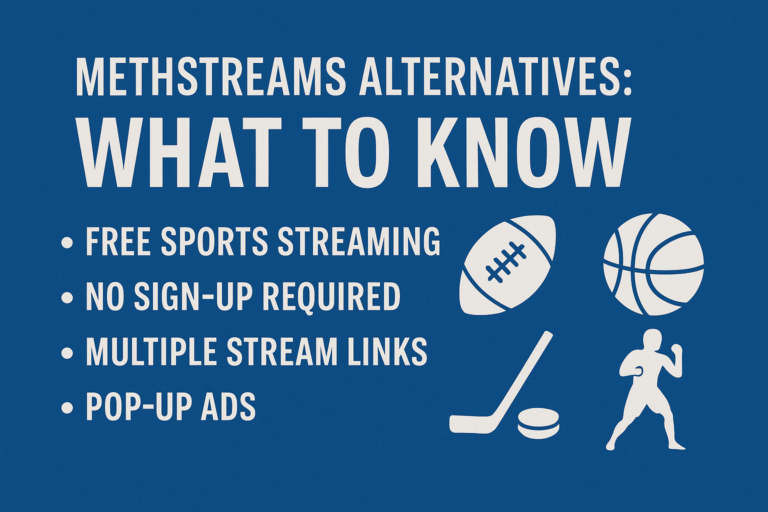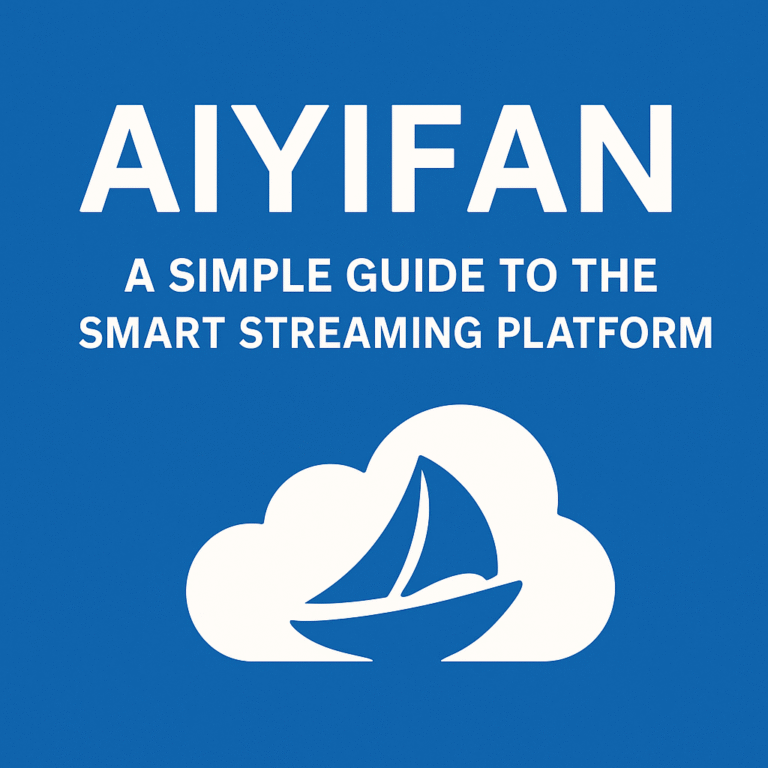3 Ways to Plan Successful Kids Ministry Events
Plan successful kids ministry events with our guide. We cover essential infrastructure, engaging play areas for all ages, and volunteer tips.
Outdoor worship nights, baptism picnics, and family fun fairs are quickly becoming staples of church calendars. While approximately 45 million Americans attend worship services in a typical week, many ministries are finding new ways to engage their communities. Sunshine, fresh air, and neighborhood visibility create a welcoming atmosphere that often draws first-time visitors.
In fact, many outdoor ministry organizations offer year-round events to foster community. The challenge, of course, is making an outdoor gathering feel as seamless and safe as an indoor one.
This guide walks ministry leaders through the essentials of planning off-grid events that include engaging, child-friendly play zones. By focusing on three key areas, you can develop a step-by-step roadmap that turns open fields or parking lots into vibrant ministry spaces.
1. Master Your Off-Grid Infrastructure
Taking your ministry outdoors creates incredible opportunities for community visibility and missional impact. It allows families to join in a more relaxed setting where kids can play while parents worship. To make this vision a reality, you need reliable infrastructure that works anywhere.
Power Solutions That Travel
Most outdoor events require electricity for sound systems, LED lights, inflatable projectors, and food service gear. You have two main portable options to consider based on your needs.
|
Power Option |
Typical Output |
Pros |
Cons |
Runtime Example |
|
Solar generator kit with battery |
1000-5000 W |
Quiet, renewable, low operating cost |
Requires sunlight for recharge, higher upfront price |
A 2-hour worship set with 1000 W PA and 300 W lighting can run 3-5 hours on a 2 kWh battery |
|
Quiet inverter gas generator |
2000-7000 W |
Handles surge loads, refuel anytime |
Fuel cost, fumes, noise, maintenance |
The same load can run 6-8 hours on 2 gallons of fuel |
If your ministry wants a long-term renewable solution, explore battery-plus-panel packages that can be recharged during the day. Products such as efficient solar battery pair rooftop or ground panels with lithium storage that scales easily.
It is wise to include at least one backup option, such as a small inverter generator, to handle cloudy days or unexpected power draws.
Water and Sanitation Without Plumbing
Proper hydration and sanitation are non-negotiable for a safe and comfortable event. Here are a few key considerations for your setup.
Lighting and Safety After Sunset
A well-lit venue prevents trips and helps parents see children at play. Consider using LED string lights around seating zones, floodlights on tripods for the stage and parking areas, and solar path markers for walkways.
Your first-aid kit should contain emergency lighting, like a spare lantern and a fully charged battery pack.
Communication and Emergency Preparedness
For clear communication, equip team leaders with two-way radios to eliminate cell dead zones. If you plan on streaming the service, a cell-signal booster may be necessary. For crowd management, position greeters at entry points and post schedules on sandwich boards.
Designate specific response roles, including a medical lead, a security lead, and a lost-child lead. Post their radio channels for all volunteers to see. Also, identify the nearest indoor building or sturdy pavilion within a two-minute walk as a severe-weather shelter.
|
Key Insight: Reliable off-grid infrastructure is the foundation of a successful event. Investing in dependable power, sanitation, and lighting ensures safety and transforms any outdoor space into a welcoming ministry environment. |
2. Streamline Event-Day Logistics
Even with perfect infrastructure, the success of an outdoor event depends on smooth day-of coordination. Anticipating common challenges is key to ensuring a positive experience for every guest.
A lesson from one church highlights the need for small details. Last July, a congregation hosted an outdoor baptism picnic without thinking about dusk mosquitoes.
Volunteers spent the evening swatting bugs instead of talking with newcomers. The lesson learned was to add citronella torches and provide insect repellent wipes at the welcome table.
3. Design Engaging, Faith-Based Play Areas
A dedicated play area is essential for family-focused events. Unlike a school recess, church events attract families with multiple kids of varying ages. The design must accommodate everyone safely and effectively.
Understanding the Unique Needs of Church Playgrounds
A successful layout offers mixed-age clusters so smaller toddlers avoid collisions with pre-teens. It should also include fellowship seating, like benches near the play area, so adults can converse while supervising.
Finally, consider a Bible storytelling zone, such as a shaded mat or circle bench, where volunteers can share devotionals.
Essential Elements of Faith-Based Playground Design
A thoughtful design combines safety, fun, and elements of faith. These components create a welcoming space for children and families.
Practical Planning Considerations
Many churches phase playground builds over two or three years to manage costs. You could start with core climbing decks, then add shade sails and musical panels later. When it comes to maintenance, choose galvanized steel, UV-resistant plastics, and sealed wood.
For congregations seeking turnkey solutions that satisfy safety codes, explore catalogs from various providers. Reviewing options like WillyGoat’s safe school playground equipmentalongside local vendors helps committees balance budget and feature sets. This research ensures you find the best fit for your ministry’s vision and financial stewardship.
|
Key Insight: Effective church playgrounds cater to mixed ages, provide seating for supervising adults, and incorporate faith themes. This thoughtful design fosters both safe play and a strong sense of community fellowship. |
Budgeting and Funding Your Vision
Creating a phased budget can make the project feel more achievable. Breaking down large expenses over time allows for steady progress without overwhelming a single year’s finances. Below is a sample for a midsize church.
|
Cost Category |
Phase 1 |
Phase 2 |
Phase 3 |
|
Portable power system |
$6,000 |
|
|
|
Playground starter set |
$8,500 |
|
|
|
Permanent shade structure |
|
$5,000 |
|
|
Additional play elements |
|
|
$7,000 |
|
Sanitation and restroom rental |
$1,200 |
|
|
|
Lighting and security gear |
$1,800 |
|
|
|
Total per phase |
$17,500 |
$5,000 |
$7,000 |
Creative funding ideas include capital campaign gifts earmarked for the project and local business sponsorship plaques on benches. You can also explore grant programs and community workdays. Using volunteer labor can significantly reduce installation costs.
Volunteer Coordination and Community Engagement
Volunteers are the lifeblood of any ministry event. A clear role chart helps ensure all duties are covered and that everyone knows their responsibility. This organization prevents confusion and empowers your team to serve effectively.
|
Team |
Core Duties |
Ideal Head Count |
|
Setup Crew |
Tents, chairs, power, signs |
8 |
|
Kid-Zone Monitors |
Supervision, safety, check-in |
6 |
|
Hospitality |
Welcome table, snacks, information |
4 |
|
Tech |
Sound, lighting, livestream |
3 |
|
Security & Medical |
Perimeter watch, first aid |
3 |
Proper training is simple but crucial. Send a two-minute video on radio usage and share a site map with role stations highlighted. Hold a 15-minute huddle before the event to review the lost-child and storm protocols.
To boost outreach, invite neighborhood families with door-hanger flyers. You can also submit a free event listing to local news outlets and parenting blogs. This simple step can greatly increase visibility and attendance from the surrounding community.
|
Pro Tip: Empower your volunteers with clarity. A simple site map, clear role descriptions, and a brief pre-event huddle are essential tools for transforming a willing crew into a highly effective event team. |
The Path Forward
Outdoor ministry events require planning, but the payoff is huge. They offer flexible worship locations, safe child engagement, and deeper ties with the surrounding community. Start simple by walking your grounds to identify a suitable area and assembling a core team.
As you build momentum, you can invest in the infrastructure needed for larger gatherings. Your congregation already has the heart for ministry. With a clear plan, you will soon have the tools and spaces to match that vision.






